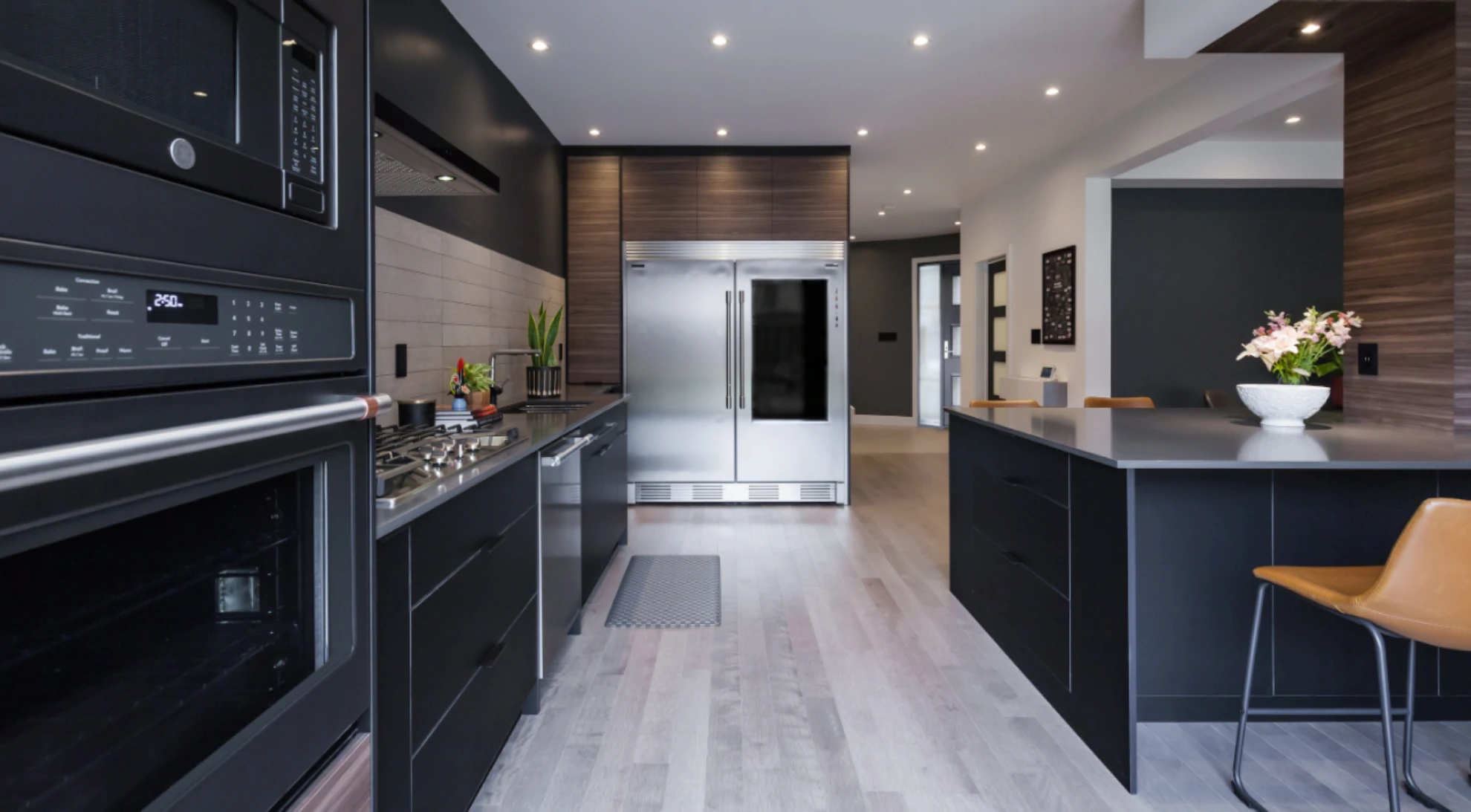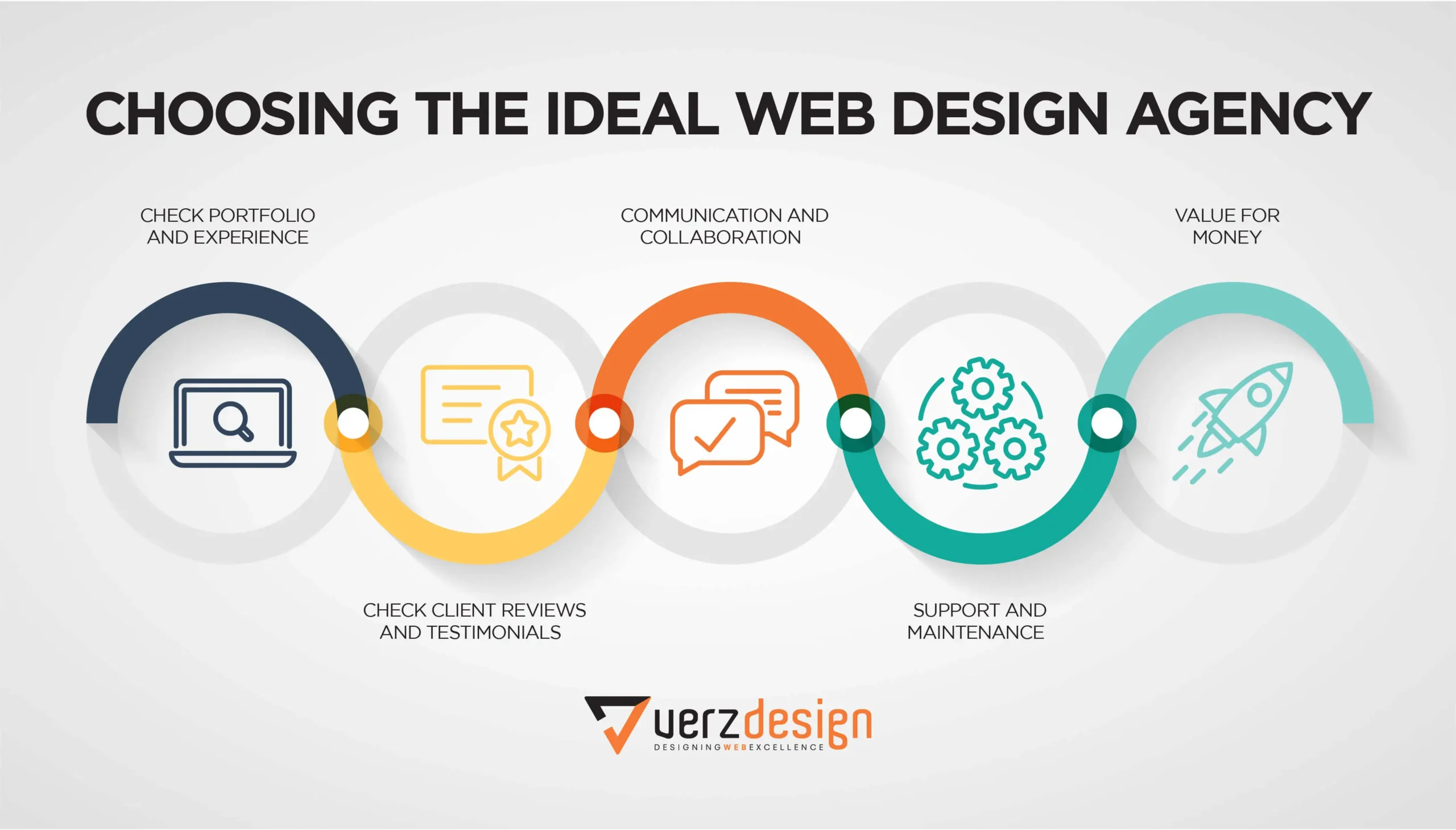Enhance Individual Experience with Cutting-Edge Website Design Company Solutions
Enhance Individual Experience with Cutting-Edge Website Design Company Solutions
Blog Article
Discover the Various Types of Web Design Services for Your Distinct Demands
In today's electronic landscape, having a properly designed site is critical for individuals and companies alike. Nevertheless, with the myriad of web style solutions offered, it can be overwhelming to browse through the choices and discover the one that ideal suits your special demands. From responsive web layout that adapts to different gadgets, to e-commerce website design that drives on-line sales, to customer experience (UX) design that improves consumer contentment, to custom website design that brings your vision to life-- the opportunities are unlimited. And let's not forget mobile application style, which provides especially to the expanding number of mobile customers. So, whether you're a small organization owner wanting to establish an on-line presence or an entrepreneur intending to change the mobile application world, this conversation will shed light on the various sorts of web style solutions available, helping you make an enlightened choice that straightens with your objectives.
Responsive Website Design
Receptive website design is an important facet of modern-day web development that guarantees sites adjust and display perfectly across various tools and screen dimensions. With the increasing usage of smart devices, tablet computers, and other mobile phones, it has become important for sites to be accessible and user-friendly on any type of display.
Receptive website design uses a mix of flexible grids, formats, pictures, and CSS media queries to attain this adaptability. It permits the web site to instantly readjust its design and web content based upon the tool's screen dimension, positioning, and resolution (web design agency). This implies that customers can access the site on their desktop computer systems, laptops, tablet computers, or smartphones without experiencing any type of issues or needing to zoom in or bent on check out the web content correctly

E-commerce Website Design

With the enhancing demand for on-line buying, companies are currently concentrating on ecommerce web style to create visually appealing and easy to use web sites that drive sales and enhance the customer buying experience. Shopping website design incorporates various facets such as format, navigation, item display screen, and checkout procedure optimization. These elements are important for attracting and retaining consumers, along with increasing conversion rates.
A reliable e-commerce internet layout begins with an efficient layout that allows individuals to quickly locate the services or items they are trying to find. Clear and intuitive navigation menus, search bars, and filtering system choices are important for a smooth surfing experience. In addition, the item display need to showcase top notch images, comprehensive descriptions, and consumer reviews to construct trust and confidence in the product.
Furthermore, the check out procedure should be optimized for simpleness and comfort. A structured and protected payment portal, along with multiple payment options, makes certain a smooth transaction for the customer. In addition, including functions such as visitor check out, order monitoring, and individualized referrals can improve the general buying experience.
Customer Experience (UX) Design
Individual Experience (UX) Design plays a critical function in producing interesting and user-friendly websites that prioritize the demands and preferences of the target audience. When communicating with a website or app, it involves making and improving the total experience that customers have. UX designers intend to enhance user fulfillment by improving the use, accessibility, and effectiveness of the web site.

UX designers concentrate on developing intuitive navigation, succinct and clear web content, and visually appealing interfaces. They make sure that the internet site is easy to comprehend and browse, making certain a satisfying and smooth customer experience.
In enhancement to boosting usability, UX design also thinks about the emotional element of individual experience. Designers aim to evoke positive emotions with visual aspects, such as colors, typography, and imagery, which contribute to the overall user complete satisfaction.
Customized Web Design
Customized web design involves creating custom-made and one-of-a-kind internet sites that are especially created to satisfy the private needs and requirements of a business or company. Unlike pre-designed layouts or common site designs, custom website design uses a customized method that reflects the brand name identity, values, and objectives of the client.
With customized website design, every element of the website is meticulously crafted to straighten with the client's purposes. This consists of the layout, color pattern, typography, images, and total individual experience. The design procedure begins with a comprehensive understanding of the customer's service and target audience, permitting the web developer to establish a website that successfully communicates the customer's message and engages customers.
One of the vital advantages of personalized web layout is its versatility. As the website is developed from the ground up, the web developer has complete control over its capability and features. This makes it possible for the integration of any type of desired personalizations, such as shopping performance, web content management systems, or interactive aspects.
In addition, customized website design guarantees that the internet site is optimized for online search engine, making it more visible to prospective consumers. By implementing search engine optimization ideal practices, such as appropriate keyword positioning and meta tags, the internet site can achieve higher rankings in internet search engine outcomes.
Mobile Application Design
Mobile app design involves creating user-friendly and visually enticing user interfaces for applications that are especially made for mobile gadgets. With the raising appeal of smartphones and tablet computers, mobile app style has become a critical aspect of electronic item development.

Visual appeal is also crucial in mobile app design. Using colors, typography, and imagery can produce a visually pleasing user interface that records the customer's focus and enhances their general experience. In addition, incorporating brand name components and preserving consistency with the company's aesthetic identity can help develop a solid brand name presence within the application.
Mobile app style likewise involves taking into consideration various technological elements, such as gadget efficiency, responsiveness, and compatibility optimization - web design company. It is vital to guarantee that the app operates seamlessly across various devices and operating systems, giving a consistent experience to all customers
Verdict
Responsive internet design makes sure a seamless experience throughout various devices, while e-commerce internet style focuses on producing on-line purchasing platforms. Personalized web design uses tailored remedies to fulfill particular needs, while mobile application layout focuses on producing easy to use mobile applications.
From responsive internet layout that adapts to different devices, to e-commerce internet style that drives on-line sales, Visit This Link to user experience (UX) style that boosts client fulfillment, to customized web layout that brings your vision to life-- the possibilities are endless.An efficient e-commerce internet style starts with a well-organized design that enables individuals to quickly find the services or items they are looking for. The style procedure begins with a comprehensive understanding of the client's service and target audience, allowing the internet developer to develop a website that successfully communicates the client's message and involves individuals.
Receptive web layout makes certain a smooth experience across various tools, while e-commerce internet style focuses on producing on the internet purchasing systems. Personalized internet style offers tailored services to satisfy certain requirements, while mobile useful link application design focuses on creating user-friendly mobile applications.
Report this page